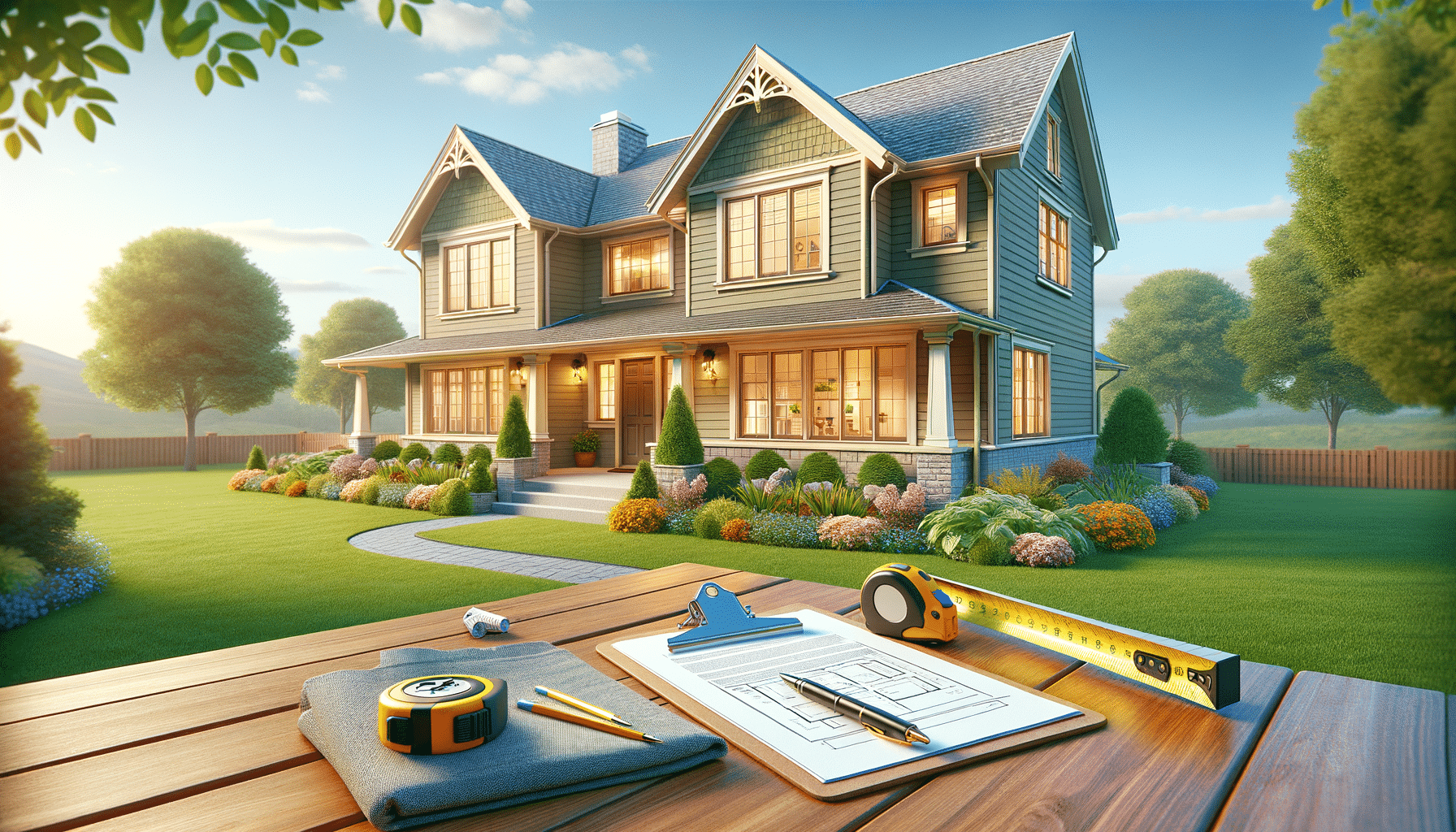
Creativity Isn’t a Talent – It’s a Muscle
Outline:
- The Talent Myth: Why It Holds Us Back
- The Science of Everyday Creativity
- How to Strengthen Your Creative Muscle
- The Role of Discipline and Play
- Creativity Is a Way of Seeing
- FAQs
Somewhere along the way, many of us were handed a quiet verdict: You’re not the creative type. Maybe it came in the form of a bad grade in art class. A classmate who could draw better. A job title that didn’t include “designer” or “writer.” And so, we placed creativity in a box—reserved for artists, poets, and innovators with an elusive gift the rest of us simply weren’t born with. But what if that belief is not only false, but deeply limiting? What if creativity isn’t a rare talent—but a way of thinking? A muscle that anyone can build, use, and strengthen over time? This isn’t just an uplifting idea. It’s a truth backed by science, supported by experience, and vital for every field—not just the arts.
The Talent Myth: Why It Holds Us Back
The idea that creativity is innate and fixed is not only wrong—it’s dangerous. It turns a living, evolving skill into a static identity.
Psychologists refer to this as a fixed mindset, a belief system that assumes abilities are set in stone. When you believe you’re not “creative,” you stop trying. You avoid creative challenges. You interpret missteps as proof that you should stay in your lane. The truth is, the most creative people aren’t always the most gifted. They’re the most persistent, the most curious, and the most willing to try, fail, and try again.
Creativity isn’t what happens once in a moment of brilliance. It’s what happens when you keep showing up—especially when you don’t feel inspired.
The Science of Everyday Creativity
Creativity doesn’t only live in art studios or brainstorming rooms. It shows up in the way we solve problems, design our day, or respond to unexpected events. Neuroscience reveals that creativity involves complex interaction across multiple brain regions—including those related to memory, focus, emotion, and executive function. In other words, creativity is a whole-brain activity. Dr. Scott Barry Kaufman, a cognitive scientist, defines creativity not as an inborn trait, but as “expressing your inner thoughts and feelings in a novel and useful way.” That definition opens the door wide. Suddenly, creativity is not about painting a masterpiece. It’s about thinking differently, about bringing yourself into what you do.
This is where creativity becomes deeply human—and universally accessible.
How to Strengthen Your Creative Muscle
Just like physical strength, creative capacity grows through deliberate, consistent practice. You don’t have to be brilliant. You just have to begin. Here are practices that train your creative brain:
Ask “What else could this be?”
Whether it’s a process, a routine, or a problem—challenge yourself to see beyond the obvious. This question rewires your thinking toward flexibility and possibility.
Make something imperfect, on purpose
The fear of getting it “right” often blocks the flow of ideas. Try creating a sketch, story, or solution with the intention of not making it great. This lowers the pressure and activates flow.
Change your inputs
Creativity thrives on new connections. Read outside your comfort zone. Walk a different route. Learn something unrelated to your work. These fresh inputs expand your mental toolkit.
Reflect, then remix
Take five minutes each day to write down one observation or idea—and then brainstorm five ways to twist or expand it. This builds mental agility.
Consistency is more important than duration. Ten minutes a day of open-ended, playful thinking can lead to more breakthroughs than waiting weeks for one perfect idea.
The Role of Discipline and Play
Discipline and creativity are not opposites—they are partners. One provides structure, the other brings spark. The most enduring creators don’t rely on mood. They build systems that allow for play. They show up at the page, the canvas, the notebook—not because they’re inspired, but because they know inspiration often follows action. Equally important is the role of play. Playfulness releases the brain from rigid patterns and invites novelty. It brings joy, risk, and experimentation—all essential ingredients for creative growth. Whether you’re designing software, writing marketing copy, or teaching a classroom, your creative muscle benefits from moments of serious play.
Creativity Is a Way of Seeing
Creativity is not something you either have or don’t. It is not a title. It is not talent bestowed on a chosen few. It is a perspective—a willingness to explore, to try, to imagine something new. Every time you solve a problem in an unconventional way, every time you make something that didn’t exist before, you are using your creative muscle.
And like any muscle, it strengthens with use. So don’t wait to feel “creative.” Choose to be curious. Start small. Make space for your ideas, no matter how rough they seem. Because creativity lives not in your title, but in your thinking. And it’s yours to grow—every single day.
FAQs
Can creativity really be developed, or is it just about personality?
Yes. Research shows creativity is shaped by habits, mindset, and experience—not just innate personality traits. Anyone can cultivate it with practice.
How can I stay creative in a job that doesn’t feel creative?
Look for small ways to rethink routines, solve problems differently, or add personal insight to your work. Creativity often thrives within constraints.
What’s the best way to overcome creative self-doubt?
Start creating without judgment. Focus on process over outcome. Remind yourself that creativity is not about perfection—it’s about participation.

